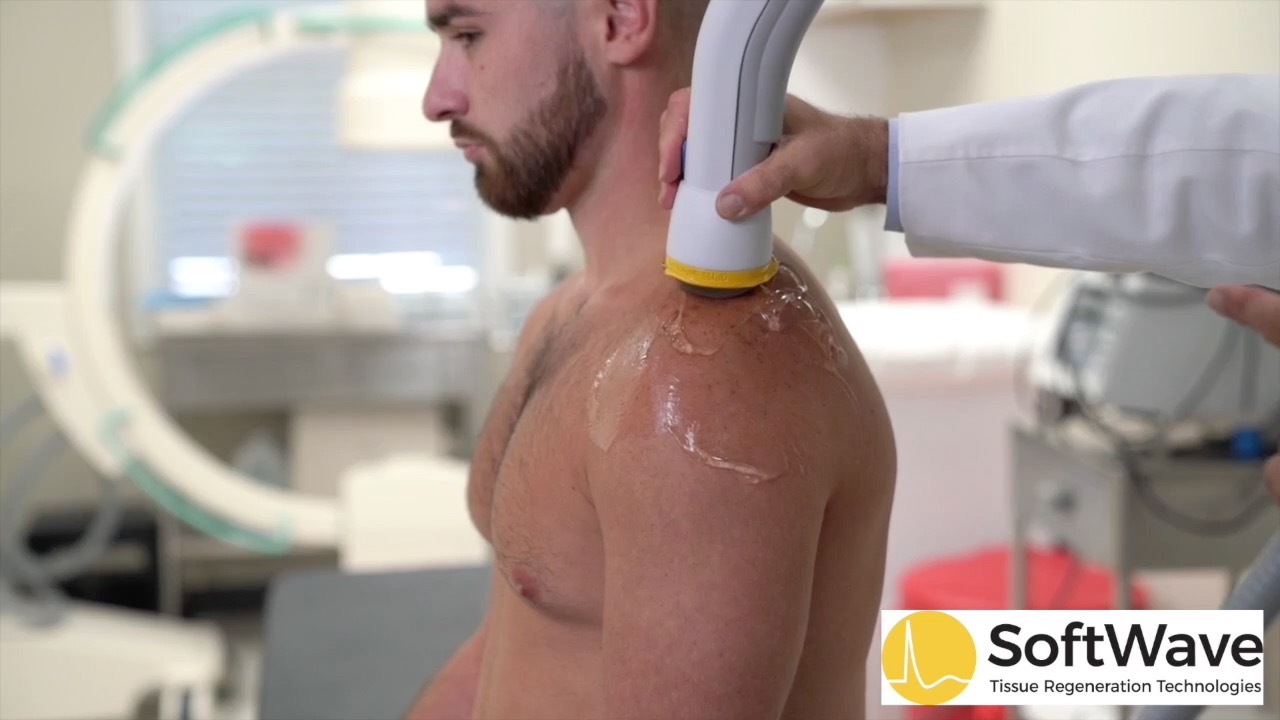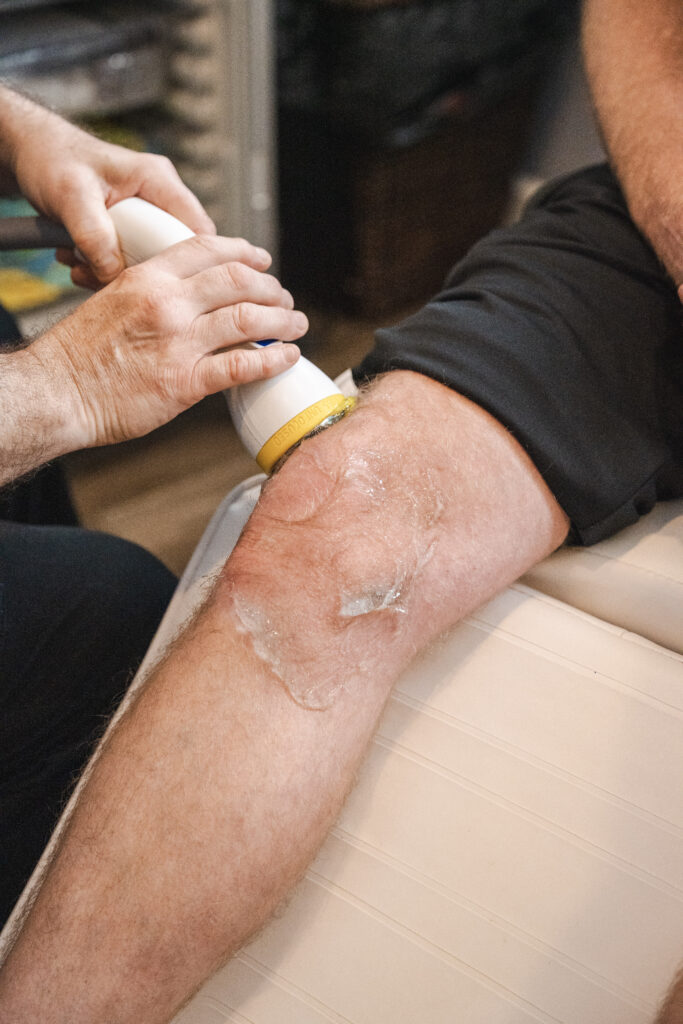Shoulder impingement syndrome is a condition characterized by irritation or damage to the rotator cuff tendons, often leading to persistent shoulder pain. This discomfort arises from the tendons being compressed during shoulder movements, especially when lifting the arm. Over time, the repeated pinching can result in inflammation, swelling, and even tears in the rotator cuff, exacerbating the pain.
Symptoms typically include:
- Shoulder pain, which worsens with arm movement
- Pain when lifting objects
- Weakness in the shoulder
- Limited shoulder motion, especially overhead.
- Nighttime shoulder pain.
- Crepitus (grating sensation) during shoulder movement.
- Tenderness around the acromion and front of the shoulder.
- Common causes of this syndrome include overuse (such as repetitive lifting) or structural abnormalities that narrow the space the tendons pass through.
Immediate Treatments for Shoulder Impingement
Immediate treatment for shoulder impingement often involves the RICE protocol—Rest, Ice, Compression, and Elevation. This approach aims to reduce inflammation and alleviate pain. Resting the shoulder from aggravating activities gives the inflamed tendons a chance to recover. Alongside RICE, over-the-counter anti-inflammatory medications can be used to reduce pain and swelling, providing short-term relief.
As these initial treatments take effect, some individuals may seek additional options to promote longer-term recovery. Shockwave therapy emerges as an effective treatment for those looking to enhance the healing process of shoulder impingement.
It’s a non-invasive procedure known to benefit deep tissue injuries and can be a complementary therapy post the acute phase of injury, bridging the gap between conservative measures and more invasive interventions.
How Shockwave Therapy Works to Alleviate Shoulder Impingement
Shockwave therapy offers a non-surgical approach to alleviating shoulder impingement by employing high-energy sound waves that target the affected area. This therapy is gaining traction for its effectiveness in treating deep tissue injuries, such as those involving the rotator cuff.
The sound waves stimulate the body’s natural healing mechanisms, enhancing blood circulation and cell regeneration in the shoulder. It can disrupt scar tissue and calcifications, which often contribute to impingement pain and mobility issues, making it a viable option for those seeking relief from chronic shoulder conditions.
Benefits of shockwave therapy for shoulder impingement include:
- Pain Reduction: The therapy can help decrease nerve sensitivity and reduce pain signals sent to the brain.
- Increased Mobility: By breaking down adhesions and calcifications, shockwave therapy can enhance the range of motion in the shoulder.
- Enhanced Healing: It promotes collagen production, which is essential in repairing damaged rotator cuff tendons.
- Non-invasive Treatment: As a non-invasive therapy, it offers a quicker recovery time with no need for anesthesia or medications.
- Tissue Regeneration: Shockwave therapy encourages tissue healing and regeneration, potentially reducing the likelihood of future injuries.
Comparing Shockwave Therapy to Other Treatments for Shoulder Impingement
When considering the array of options for shoulder impingement relief, shockwave therapy stands out due to its non-invasiveness and lack of requirement for medication or surgery.
Physical therapy is often the first line of defense, focusing on strengthening and flexibility but may take time to show benefits. Steroid injections offer quick pain relief but don’t address the underlying cause and can weaken tissues with repeated use. Surgery, though potentially definitive, comes with risks and a significant recovery period. Shockwave therapy, by contrast, targets the source of pain and facilitates natural healing with fewer side effects, presenting itself as a compelling alternative for those seeking an effective and less aggressive treatment.






